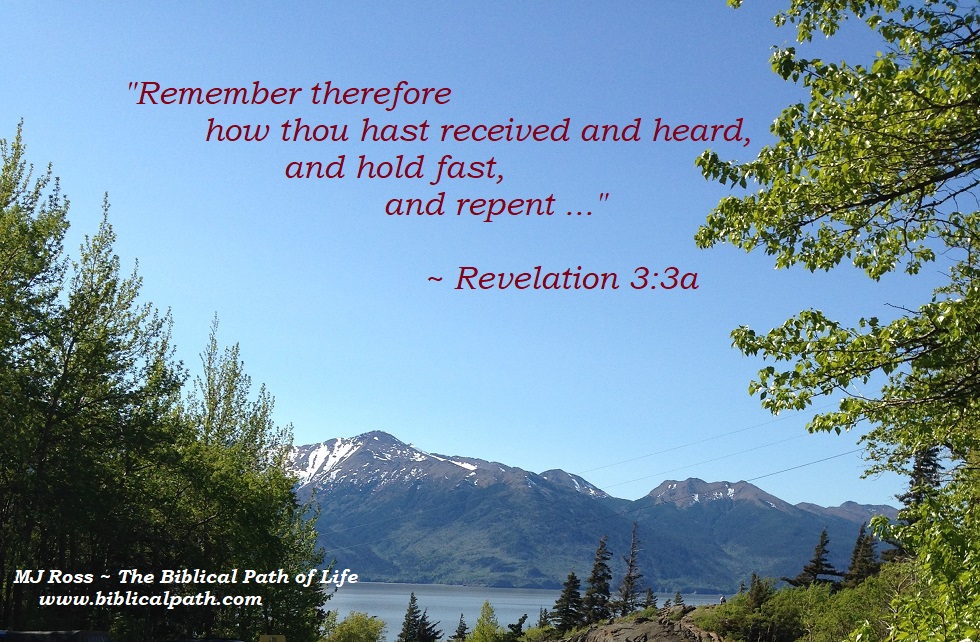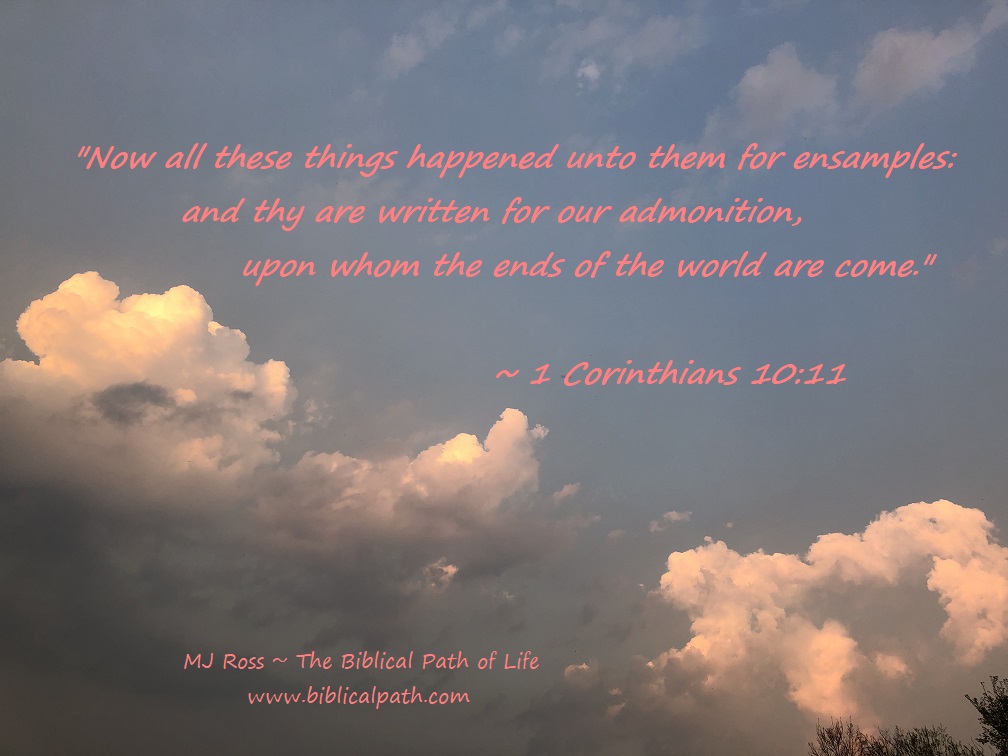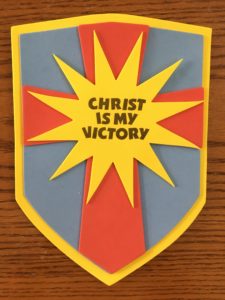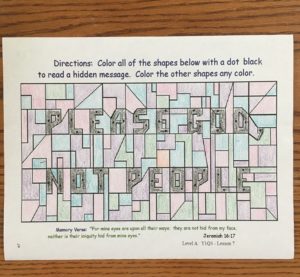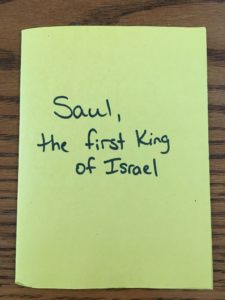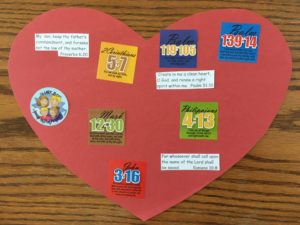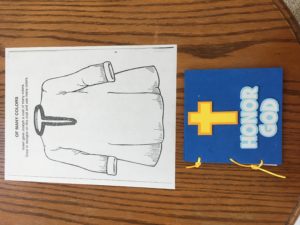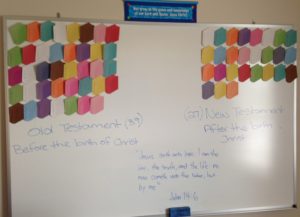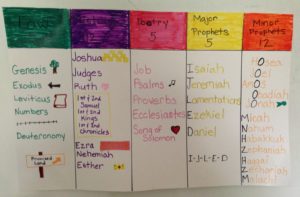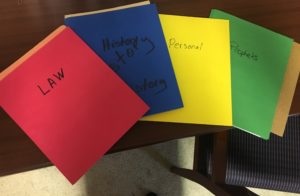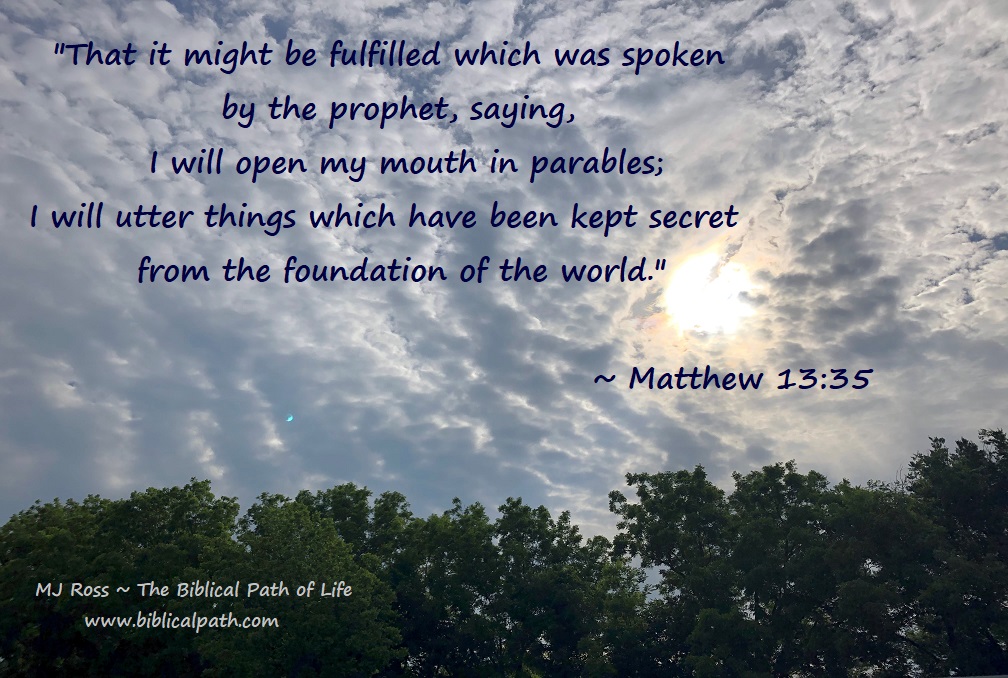
Matthew 13:35
Have you ever been told a secret? Did you want to keep it a secret or tell someone else? Secrets are hard to keep, yet the most important “secret” ever is not shared nearly enough. God had secrets, and He told many of them to His people. We can know those secrets today if we will just read His Word.
The prophets of God revealed secrets that had been “kept secret from the foundation of the world.” “That it might be fulfilled which was spoken by the prophet, saying, I will open my mouth in parables; I will utter things which have been kept secret from the foundation of the world” (Matthew 13:35). It is important to know about the prophets from the Old Testament, and become familiar with what they had to say. The Old Testament prophets were important then, and they are still important today. If you have ever read any of the books of the prophets from the Old Testament, they are full of strange events and tellings that, to the common person, make no sense. They seem like mysteries or secrets.
Although the Bible is full of mysteries, God wants us to understand the mysteries, or secrets, of the Old Testament. He wants us to realize that it all centered on the coming of Jesus, God’s Son. “25. Now to him that is of power to stablish you according to my gospel, and the preaching of Jesus Christ, according to the revelation of the mystery, which was kept secret since the world began, 26. But now is made manifest, and by the scriptures of the prophets, according to the commandment of the everlasting God, made known to all nations for the obedience of faith” (Romans 16:25-26). Once we have Jesus in our heart and read God’s Word daily, we can understand those mysteries. We do not need prophets today because we have the prophets’ words written in the Bible. Our job is to know God’s Word so we can share this “secret” that has been revealed to the world. The books of the Old Testament are very important.
Jesus told of a Rich Man and Lazarus in Luke 16:19-31. The Rich Man died without trusting in Jesus. Lazarus, a very poor man on earth, died trusting in Jesus. When the Rich Man was in hell, being in torments, he could see Lazarus in the bosom of Abraham. The Rich Man cried out for some water to cool his tongue. However, he was told that there was a great gulf fixed between the two that could not be crossed. The Rich Man then asked for someone to be sent back to warn his five brothers, lest they too end up in hell. Read Abraham’s response to him: “30. And he said, Nay, father Abraham: but if one went unto them from the dead, they will repent. 31. And he said unto him, If they hear not Moses and the prophets, neither will they be persuaded, though one rose from the dead” (Luke 16:30-31). Everything they needed to hear to be warned about that place had been recorded in the words of Moses and the Prophets. Remember, the mystery of the Gospel message of Jesus Christ was revealed in the Old Testament “by the scriptures of the prophets” and it was “made known to all nations” according to Romans 16:25-26.
Just as Jesus told of the Rich Man and Lazarus, the Law and the Prophets had the words that could have saved the Rich Man’s soul for eternity if he had only believed them. It is very important to understand that without Jesus in our hearts, it is never enough. Many of the prophet’s words were warnings to the people.
Are there any words of warning we need to share with our friends or family?
Also published at Lighthouse Gospel Beacon.
